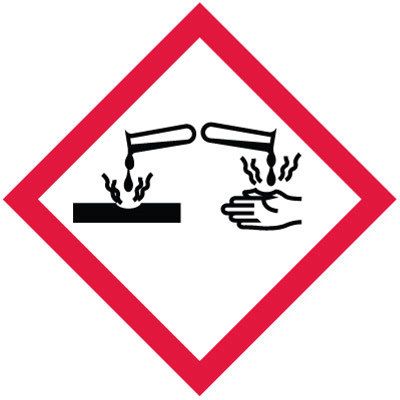 In March 2012, the Occupational Safety and Health Administration promulgated a major revision to the U.S. Hazard Communication Standard (HCS) in 29 CFR 1910.1200. In short, this rulemaking harmonized the HCS with the UN-based Globally Harmonized System of Classification and Labelling of Chemicals (GHS). The rule went into effect in May of last year.
In March 2012, the Occupational Safety and Health Administration promulgated a major revision to the U.S. Hazard Communication Standard (HCS) in 29 CFR 1910.1200. In short, this rulemaking harmonized the HCS with the UN-based Globally Harmonized System of Classification and Labelling of Chemicals (GHS). The rule went into effect in May of last year.
To one degree or another, all federal rulemakings can be considered as “living documents.” They undergo a constant stream of proposed changes, additions and deletions as they become more broadly understood and the regulated community gains experience with actually using or operating under the new regimen. So it has proved with the new HCS, although given the “youth” of the rulemaking, to date relatively few such actions have taken place. Nevertheless, those that have are of some note.
Among the most important, as of the publication of this article, are:
- Workplace labels may continue to conform to their present appearance, provided that they bear no information that conflicts with the new standard, and that employees have been trained to understand both the new standard and any differences that remain between it and the labeling system in use in the specific workplace. It is worth noting that exact guidance as to what this means is still lacking. Interaction “on the ground” with various OSHA employees (including field officers) seems to indicate that this proviso remains subject to what can be reasonably construed as subjective judgment calls. For instance, at what point would an older style HCS label that contains a numbering system in direct contravention of the new risk categorization component of the GHS-based standard be said to “conflict” with the new rule in terms of presented information? To some degree this remains unclear.
- Immediate use containers still are exempt from labeling. Note that “immediate use” still is defined as use by a single employee in a single shift or work period.
- Black-framed pictograms are authorized for use in workplace only (i.e. internal use) situations. Red frames are required on any shipped containers. This would appear to be an effort by OSHA to accommodate entities, particularly very small businesses, which may lack access to color reproduction capabilities in their workplace.
- Perhaps most importantly: in December 2012, OSHA issued a Letter of Interpretation that authorized concomitant display of both USDOT and USDOL/OSHA pictograms on the same package. This addresses situations in which a shipped container may also serve as the transport container (as a common example, 55-gallon drums). The first iteration of the rulemaking excluded this provision.
A great resource to keep track of all GHS-related information is the OSHA website, which has a specific landing page dealing with hazard communication and provides links to a wealth of information and analysis in reference to the subject, including formal Letters of Interpretation. The Labelmaster GHS resources site also contains additional information and timelines related to the revised hazcom standard. We offer a number of GHS compliance products, such as training programs and reinforcement tools (training cards, posters and wallet cards), pictogram labels, drum labels, custom labels, SDS binders and stations, and workplace hazard signage.